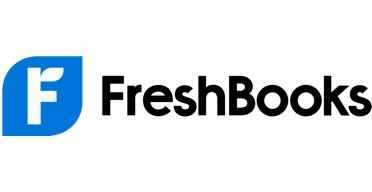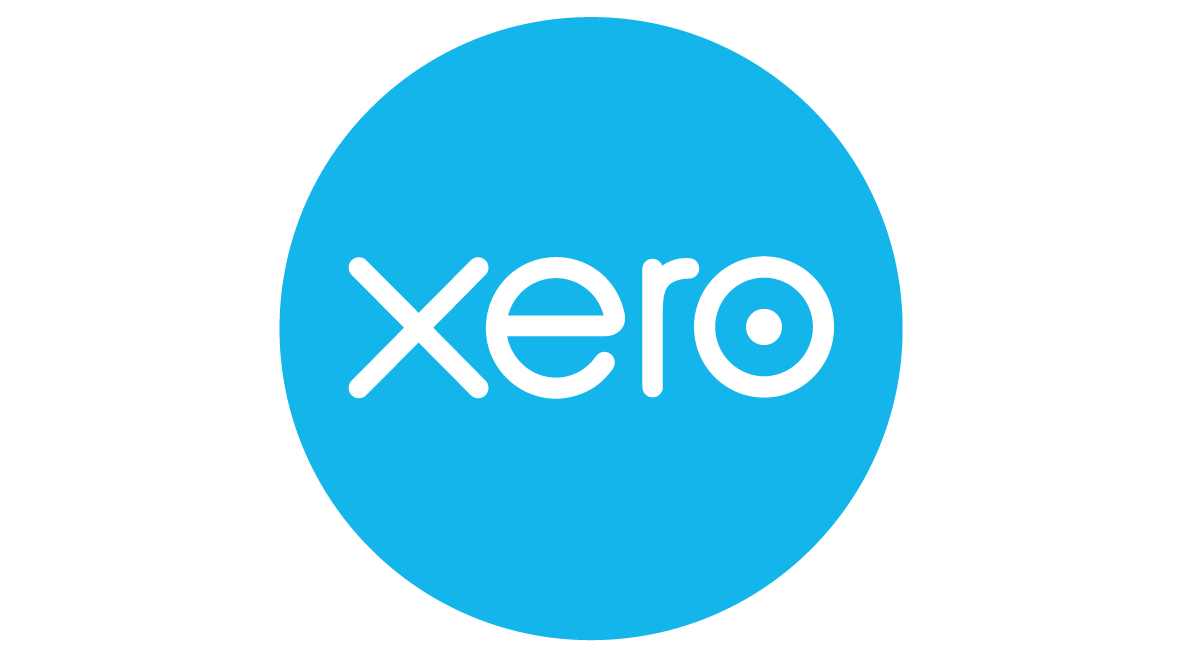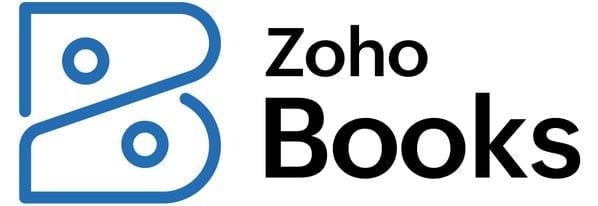Restaurant365 Review 2024: Features, Pricing, Alternatives
This restaurant-specific software includes inventory management and supports unlimited users.

Many, or all, of the products featured on this page are from our advertising partners who compensate us when you take certain actions on our website or click to take an action on their website. However, this does not influence our evaluations. Our opinions are our own. Here is a list of our partners and here's how we make money.
Restaurant365 is an all-in-one, cloud-based restaurant management platform that features accounting, inventory management and scheduling software. For both new and well-established small restaurants, the package is a top-shelf choice. It's especially valuable for restaurant owners with experience in the industry who can take full advantage of its cost management features.
FEATURED
While Restaurant365 is expensive compared with other accounting software, its ability to centralize restaurant data from so many sources is unmatched. The system can integrate more than 70 popular point-of-sale systems, which allows for a smooth transfer of data between front-of-house and back. You can also add payroll and human resources functions to any plan.
| Pros | Cons |
|---|---|
|
|
Stressed About Taxes or Bookkeeping?
Get matched with a vetted expert who will handle it for you.
Overview
| Price | $469 per month, per location and up (billed quarterly). |
| Maximum number of users | Unlimited. |
| Sharing with accountants | Excellent. Accountants can log in to the same system as the administrator and automate reports. Administrators determine what information accountants have access to by setting specific user roles and permissions. |
| Scalability | Excellent. R365 can accommodate multiple locations and lets clients purchase various add-ons, including payroll and HR software. |
| Ease of use | Good. R365’s administrator dashboard is a one-stop shop for information on banking, reports, transactions, accounts payable and more. But the crowded sidebar menu, also called the digital filing cabinet, appears overwhelming at first glance. The dashboard for general managers and operators has a more user-friendly interface. |
Stressed About Taxes or Bookkeeping?
Get matched with a vetted expert who will handle it for you.
How does Restaurant365 work?
When restaurant owners log in to Restaurant365 for the first time, a setup assistant will guide them through the initial setup process and let them create location groupings, integrate with the POS system, set up vendor information and import their general ledger.
Once this is complete, administrators can give managers and accountants access to different dashboards and information based on role and location. The administrator view includes charts on average daily sales comparisons, menu mixes, cash over or short and more. The sidebar menu on the left side of the screen acts as a digital filing cabinet with administration and accounting info, along with tabs for accounts payable and receivable, transactions and fixed assets. The menu running across the top of the dashboard is used to log new items. For example, you can use it to add a new employee or vendor to the system.
The general manager page includes access to invoicing, scheduling, inventory management, reports and waste logs. The display can be customized for different users. For example, it can be set up for scheduling managers to land directly on the scheduler when they log in.
How much does Restaurant365 cost?
Restaurant365 monthly prices are based on an annual billing cycle, though other payment terms are available. Adding other services such as payroll, HR or hiring software will cost extra.
| Plan | Price | Features |
|---|---|---|
| Essential | $469 per month, per location (billed quarterly). |
|
| Professional | $689 per month, per location (billed quarterly). | Everything in the Essential plan plus:
|
Benefits
Cost control tools
- Smart Ordering: This feature suggests how much of each item should be ordered based on previous data. If those numbers turn out to be accurate, managers can let the software’s “purchasing assistant” automatically generate purchase orders to save time.
- Smart Prep: Based on inventory and recipe data, the system will estimate how much of a particular menu item should be prepared to better control food costs.
- Smart Labor: This tool forecasts how many employees are needed during particular times of the day based on hourly sales information.
- Menu engineering: The system’s inventory management software generates graphs that let managers compare particular menu items based on popularity and profitability. Using this information, restaurants can prioritize higher-margin items.
- Recipe costing: The recipe costing feature tracks how much of a particular ingredient is used in each menu item to generate more accurate recipe costs across the board. This data also informs actual versus theoretical costs, which can help restaurants identify opportunities to maximize efficiency and reduce food waste.
- Reporting: Restaurant365 includes more than 300 report templates that can be automatically run and emailed out on a customizable schedule. Managers can also compare actual versus theoretical food costs based on location, food category or ingredient.
Integrations
- POS: Restaurant365 integrates directly with over 70 POS options, including restaurant POS systems like Toast and Aloha, to maintain a steady flow of information among the front-of-house, back-of-house and the restaurant’s accounting team. The platform pulls data — including sales tickets, payment types and attendance info — from the POS system and automatically generates a daily sales summary. From there, it translates the data into balanced journal entries for both labor and sales.
- Vendors: Restaurant365 provides direct integration with more than 60 vendors. The platform automatically imports electronic invoices from these vendors and then uses it to update raw ingredient inventory and create balanced journal entries.
Inventory management
Keeping track of food items from the moment they arrive on your doorstep to when they’re served is a complicated process that has big implications on a restaurant’s margins. When Restaurant365 receives invoices, it matches each vendor item to its corresponding account and automatically updates inventory. As those items are used up in the kitchen, managers can update the count via tablet or mobile device.
Designed specifically for restaurants
Restaurant365’s level of specialization is the main factor that sets it apart from other accounting software. In addition to recipe costing capabilities, the accounting software can handle tips as well as multiple locations. Its scheduling software also lets employees view their schedules via the app and swap shifts.
Drawbacks
Cost
With plans starting at $469 per month, Restaurant365 is expensive. While restaurants can use less expensive options like QuickBooks Online or Xero, which cap base plan pricing at $200 per month and $65 per month respectively, these accounting software products aren’t made specifically for the restaurant industry. You may have to pay for additional inventory management and scheduling software, as well as integrations. If you’re torn, calculate the cost of assembling a restaurant operations software package with a la carte products versus using an all-in-one platform like Restaurant365.
Alternatives for restaurant accounting software
QuickBooks Online
Price: $90 per month and up. You can choose either 50% off the first three months or a free 30-day trial. QuickBooks Online offers less expensive options, but they aren’t recommended for restaurants.
| Pros | Cons |
|---|---|
|
|
Xero
Price: $34 per month and up. There's a free 30-day trial. Xero has a less expensive plan that's intended for sole proprietors, but not ideal for restaurants.
| Pros | Cons |
|---|---|
|
|
Article sources
NerdWallet writers are subject matter authorities who use primary,
trustworthy sources to inform their work, including peer-reviewed
studies, government websites, academic research and interviews with
industry experts. All content is fact-checked for accuracy,
timeliness and relevance. You can learn more about NerdWallet's
high standards for journalism by reading our
editorial guidelines.
Bonus offer
Best Accounting Software for Small Businesses
More like this
Related articles
















